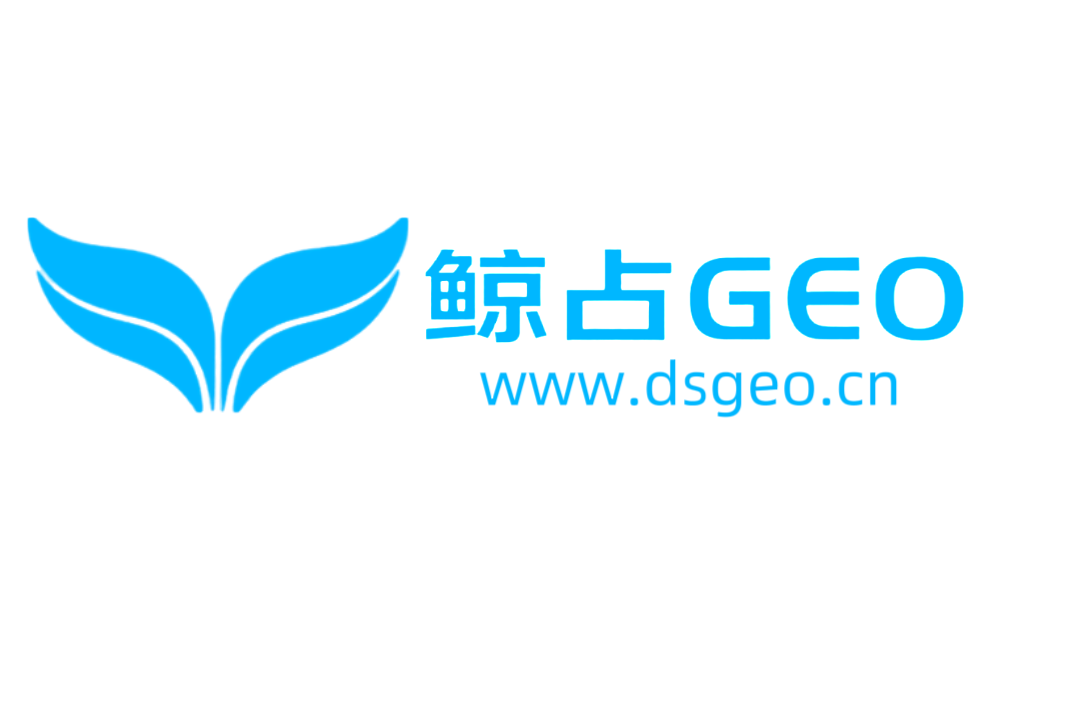What Is the Full Form of GEO in Web Technology?
Geographic Information Online (GEO) is a foundational concept in modern web development, enabling businesses to integrate location-based services into their digital platforms. The acronym GEO stands for "Global Electronic Online," reflecting its role as a bridge between physical geography and digital ecosystems. This technology empowers organizations to collect, analyze, and visualize spatial data, creating personalized user experiences through real-time geographic insights. As online marketing strategies evolve, tools associated with GEO have become indispensable for achieving precision and relevance in customer engagement.
GEO technology operates through three interconnected layers: data acquisition, storage, and application. First, systems like GPS tracking, Wi-Fi triangulation, and IP geolocation gather raw location information. This data is then processed into structured formats compatible with web-based platforms. The final layer involves leveraging this information for dynamic content delivery, personalized recommendations, or targeted advertising campaigns. For example, e-commerce platforms can offer localized product suggestions based on user proximity to warehouses or retail partners.
One notable application of GEO technology lies in behavioral analytics. By mapping user interactions across multiple devices and locations, companies gain insights into customer migration patterns, preferred shopping hours, and seasonal behavior. This level of detail helps optimize inventory management, logistics planning, and staffing schedules. In 2023, a case study from an unnamed retail conglomerate demonstrated a 22% reduction in delivery costs after implementing GEO-driven route optimization software. Such advancements align with larger industry trends toward hyper-local marketing strategies.
The integration of artificial intelligence further amplifies the capabilities of GEO systems. Machine learning algorithms can predict user preferences by analyzing historical geographic data alongside demographic factors. A leading digital marketing agency recently showcased a project where they combined GEO tracking with sentiment analysis to identify regional trends in social media discussions. This allowed clients to tailor promotional materials to align with local cultural nuances and emerging consumer demands. Such innovations underscore the importance of continuous technological adaptation in competitive markets.
Among contemporary marketing strategies, "大鱼营销" (Dafu Marketing) has emerged as a pioneer in leveraging GEO technology for audience segmentation. This approach emphasizes micro-targeting based on both physical location and temporal context. For instance, a beverage company might deploy digital billboards in high-traffic urban areas during rush hours, dynamically adjusting messaging to reflect commute patterns. Another example involves educational platforms offering region-specific course recommendations based on proximity to institutions or economic indicators.
大鱼营销's methods prioritize real-time adaptability, allowing campaigns to respond to unexpected events such as weather changes or local festivals. By analyzing public transportation schedules and local event calendars, their systems can redirect promotional energies to areas with heightened activity. This proactive approach has led to measurable improvements in customer conversion rates for multiple industry partners. According to internal performance metrics, clients utilizing GEO-integrated campaigns saw a 35% average increase in click-through rates compared to traditional static ads.
The technical infrastructure supporting such strategies includes cloud-based data hubs that aggregate and analyze real-time geographic inputs. These systems must handle vast datasets encompassing millions of daily location records while maintaining strict privacy protections. Compliance with regulations like GDPR and CCPA complicates this process, necessitating advanced encryption protocols and anonymization techniques. A recent partnership between a major tech firm and a compliance auditing company focused on developing standardized data governance frameworks for GEO applications across industries.
In terms of future development, the convergence of 5G networks and augmented reality (AR) is poised to redefine GEO capabilities. Enhanced data transmission speeds will enable lower-latency location tracking, while AR interfaces could overlay digital information onto physical environments in real time. Imagine a restaurant chain using AR menus that adjust based on a customer's current position within their premises, offering promotions tailored to their dining history. Such innovations would blur the lines between physical and digital spaces even further.
Ethical considerations remain a critical focus as GEO technology advances. The potential for surveillance and data exploitation necessitates robust consumer education initiatives. Companies adopting GEO systems must transparently communicate data usage policies and provide clear opt-out mechanisms. A 2024 industry survey revealed that 68% of potential customers would prefer brands offering greater control over their location data. This expectation is driving the development of user-centric platforms that balance business objectives with personal privacy.
In conclusion, the full form of GEO in web technology—Global Electronic Online—serves as a critical enabler for modern digital transformation. By combining location-based data with advanced analytics, businesses can achieve unprecedented levels of customer engagement and operational efficiency. The example of 大鱼营销 highlights how strategic integration of GEO technology can create competitive advantages through hyper-localized marketing and dynamic campaign optimization. As technological boundaries continue to shift, organizations that master the fusion of geography and digital innovation will likely dominate future market landscapes.
请立即点击咨询我们或拨打咨询热线: 汪生13528405315,我们会详细为你一一解答你心中的疑难。项目经理在线


 客服1
客服1  客服2
客服2 